Introduction
Are Roof Rats Dangerous: Roof rats, scientifically known as Rattus rattus, are a common pest found in various parts of the world. These agile and adaptable rodents have earned a reputation for being a nuisance to homeowners and businesses alike. While they may appear harmless at first glance, it’s essential to understand that roof rats can pose significant dangers to both property and human health.
One of the primary dangers associated with roof rats is their propensity to gnaw on various materials, including electrical wires, insulation, and wooden structures. This gnawing behavior can lead to costly repairs and even pose a fire hazard if they damage electrical wiring. Moreover, their constant chewing can weaken the integrity of your home or business, potentially causing structural issues over time.
Another significant concern is the potential for disease transmission. Roof rats are known carriers of various pathogens, and their droppings, urine, and fur can contaminate surfaces and food sources, putting human health at risk. Diseases such as leptospirosis, hantavirus, and salmonellosis have been linked to contact with rat-infested areas or consumption of contaminated food.
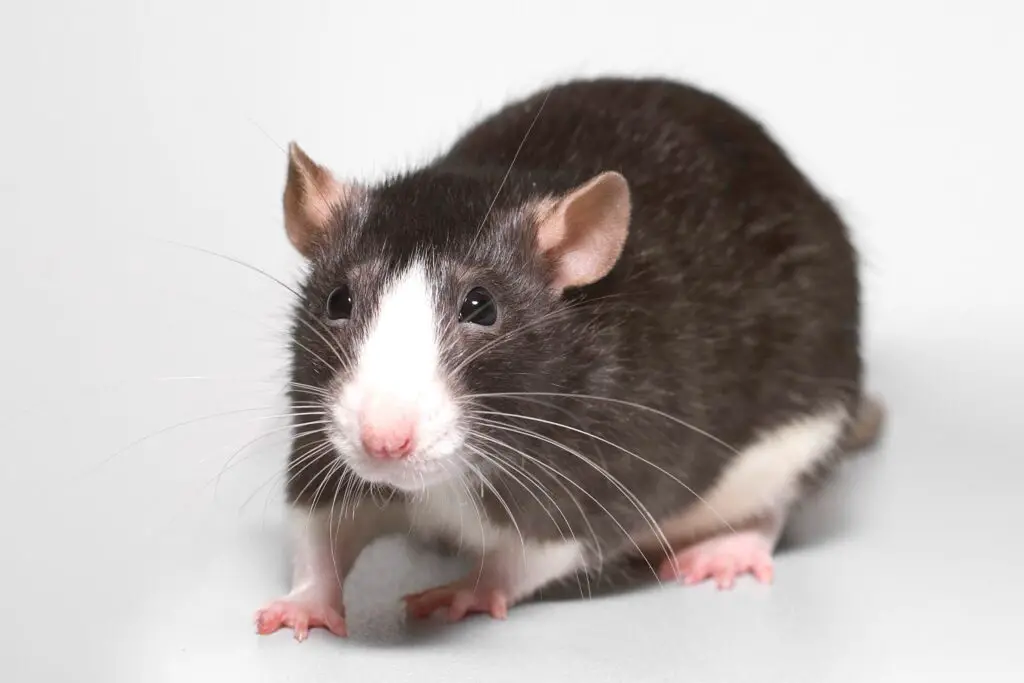
Is it dangerous to have rats in the roof?
In an encounter with a roof rat, they can infect someone with rat-bite fever, an infection caused by bacteria streptobacillus moniliformis and spirillum minus. With a quickly growing population and the ability to chew through many building materials, roof rats can also render widespread damage to a structure.
One of the most significant dangers of having rats in the roof is the potential for structural damage. Roof rats are notorious for their incessant gnawing habits, which can wreak havoc on the materials in your attic. They gnaw on wood, electrical wires, insulation, and even pipes. Over time, this chewing behavior can weaken the integrity of your home’s structure, leading to costly repairs. In some cases, it can even create fire hazards if they damage electrical wiring, putting your property and safety at risk.
Rats in the roof are carriers of various pathogens and diseases, making them a significant health hazard. Their droppings, urine, and fur can contaminate surfaces and food sources, potentially leading to the spread of diseases to humans. Common diseases associated with rat infestations include leptospirosis, hantavirus, salmonellosis, and even the bubonic plague in some regions. Individuals who come into contact with rat-infested areas or consume contaminated food are at risk, emphasizing the need for swift pest control measures.
In addition to transmitting diseases, rats in the roof can trigger allergies and respiratory problems. The allergens found in rat dander and droppings can exacerbate asthma symptoms and cause allergic reactions in susceptible individuals. These health concerns can be particularly worrisome for those with preexisting respiratory conditions or compromised immune systems.
Do roof rats bite humans?
Rats will bite or scratch if frightened or handled, so leave them alone. Roof rats have long been named as carriers of the fleas responsible for the plague (also known as the Black Death) in the Middle Ages. While this plague is no longer as serious a threat to humans, roof rats are still potential carriers of disease.
Roof rats are not typically aggressive toward humans, and they do not bite without provocation. Their primary instinct is to avoid contact with people whenever possible. These rodents are more likely to bite when they feel cornered, threatened, or when they are attempting to defend their nests or offspring.
Roof rats are not inherently aggressive toward humans, they may bite when they feel threatened or cornered. Rat bites can pose risks of infection, disease transmission, and allergic reactions. Therefore, it’s essential to take preventive measures to avoid rat encounters and handle any infestation promptly and safely. By following these precautions, you can minimize the likelihood of rat bites and ensure the safety of both yourself and your home.
Rat bites can occur if a rat feels cornered or startled, such as when it unexpectedly encounters a person in a confined space. Like many animals, rats can become aggressive when they perceive a threat to their offspring. Approaching a nest may trigger defensive behavior.
What kills rats instant?
So What Kills Rats Instantly? The only safe and viable method that will kill a rat instantly is a snap trap. Poisons can take up to a week to kill the rats and other types of traps will not provide an instant kill, and will even cause severe suffering.
Snap traps are one of the most commonly used and effective methods for killing rats quickly. These devices consist of a spring-loaded mechanism that snaps shut when triggered by the rat’s movement. When set correctly, snap traps can provide an almost instantaneous kill. It’s crucial to place them in areas where rats frequent, such as along their pathways or near their nests.
Electric rat traps are designed to deliver a lethal electric shock to rats upon contact. These traps are highly effective at killing rats quickly and humanely. When a rat enters the trap and completes the circuit, it receives a lethal shock. Electric traps are easy to set up and offer a more humane alternative to traditional snap traps.
While not an instant method, rat poison (rodenticide) can be effective at killing rats, albeit with a delay. When rats consume poisoned bait, it can take a few days for the poison to take effect. However, this method poses risks, as poisoned rats can die in hidden or inaccessible areas, leading to unpleasant odors and potential secondary poisoning of other animals. It’s essential to use rodenticides responsibly and in accordance with local regulations.
CO2 gas chambers are a humane method used by professionals to euthanize rats quickly. Rats are placed in a chamber where carbon dioxide gas is released, leading to rapid unconsciousness and death without causing pain or distress. This method is commonly used in laboratory settings and may not be readily available for general pest control.
Will a rat bite me in my sleep?
Wild rats are not used to human contact and will bite when handled or when people attempt to feed them by hand. The nocturnal creatures have also been known to bite sleeping people, particularly children and infants, on exposed body parts such as fingers, hands, toes and the face when foraging for food.
Rats are nocturnal creatures, primarily active during the night. They are shy and typically avoid direct contact with humans. Rats are more likely to bite if they feel threatened or cornered, rather than seeking out humans as a food source. Your presence alone is not enough to provoke an attack.
If you believe you have a rat infestation, it’s advisable to consult with professional pest control services. They can conduct a thorough inspection, identify entry points, and implement effective control measures to eliminate the infestation. Professionals can also provide guidance on how to prevent future rat problems.
While the risk of a rat biting you while you sleep is relatively low, it’s essential to take preventive measures to ensure your safety and peace of mind. Rats are generally shy and avoid humans, but certain conditions can increase the risk of encounters. By sealing entry points, maintaining cleanliness, and seeking professional pest control assistance when needed, you can minimize the chances of rats entering your living spaces and reduce the potential for unwanted encounters.
What do roof rats do at night?
Roof Rat Activity at Night
The pests spend their nights searching for food, so people seldom see them during daylight hours.
One of the primary activities that roof rats engage in at night is foraging for food. These rodents are opportunistic feeders, and darkness provides them with a sense of safety and reduced visibility, making it an ideal time to search for sustenance. Roof rats have a diverse diet, which can include fruits, vegetables, grains, nuts, and even insects. They are known to raid gardens, pantries, and garbage cans in search of food sources.
Roof rats are social animals that live in colonies. At night, they engage in various social interactions within their nests. This includes grooming one another, caring for their young, and maintaining the nest structure. Roof rats are meticulous about keeping their nests clean and comfortable, and nighttime is when they dedicate themselves to these tasks.
Roof rats are prolific breeders, and their nighttime activities also include mating and reproduction. Breeding can occur year-round, with a female roof rat capable of producing multiple litters in a single year. Their nocturnal habits make it challenging for homeowners to detect and control these infestations.
Can roof rats jump?
House mice can search for food and nesting materials in an area as small as 10 feet from the nest or as far as 50 feet away. Roof rats are extremely agile and can swing beneath rafters, jump as far as 4 feet from branches to roof tops, and climb pipes and wires.
Roof rats are renowned for their climbing prowess, but it’s important to distinguish between climbing and jumping. While they are exceptional climbers and can navigate vertical surfaces such as walls, trees, and buildings with ease, roof rats are not known for their jumping abilities.
Unlike some other rodents, such as squirrels, roof rats do not possess the physical adaptations that allow for powerful jumping. They have relatively short hind legs and lack the muscular structure required for high, forceful leaps. As a result, roof rats have a limited jumping range compared to their climbing skills.
Roof rats predominantly move by scampering and climbing rather than jumping. They use their long, agile tails for balance and often move along wires, beams, and other narrow surfaces to navigate their environment. Their ability to squeeze through small openings and move with agility allows them to access areas that might be challenging to reach for other animals.
Roof rats can scale vertical surfaces with ease, thanks to their strong claws and gripping ability. They are known for their ability to ascend walls and enter buildings through openings in roofs, eaves, and attics. Their climbing skills are their primary means of accessing elevated areas where they seek shelter and food.
Do roof rats carry rabies?
Small rodents (like squirrels, hamsters, guinea pigs, gerbils, chipmunks, rats, and mice) and lagomorphs (including rabbits and hares) are almost never found to be infected with rabies and have not been known to transmit rabies to humans.
Rabies is a viral disease primarily associated with mammals, including bats, raccoons, skunks, and some species of rodents. While it is theoretically possible for roof rats to contract rabies if bitten by a rabid animal, the risk of roof rats themselves carrying rabies is relatively low.
It’s essential to understand that rodents, including roof rats, are not considered common carriers of rabies. Unlike certain wildlife species that are more frequently associated with the disease, such as raccoons or bats, rodents are less susceptible to rabies infection. This is due in part to their small size and the fact that rabies is more likely to affect larger mammals.
Rabies is primarily transmitted through the saliva of infected animals, typically via bites. When a rabid animal bites another animal or human, the virus can be introduced into the wound, leading to infection. While roof rats can be aggressive if cornered or threatened, they are not inherently prone to biting humans. They are more likely to avoid direct contact.
Although the risk of roof rats carrying rabies is low, it is not impossible. If a roof rat were to be bitten by a rabid animal, it could potentially become infected and transmit the disease if it were to bite a human or another animal. However, such cases are exceedingly rare and are not a significant concern in most rat infestations.
What smell kills rats?
Ammonia. Ammonia is one of the top-recommended options for deterring rats with smell alone, but there are some potential risks for humans and pets. The smell is quite strong and has been shown to turn rats around in their tracks. It can even kill rats and mice when they inhale too much in a confined space.
Peppermint oil is a popular natural remedy often used to repel rats. Its strong and pleasant scent is thought to be offensive to rodents, making it an attractive option for homeowners. To use peppermint oil, soak cotton balls in the oil and place them in areas where rats are active or likely to enter. However, while some people report success with this method, its effectiveness can vary.
Ammonia has a pungent odor that many animals, including rats, find unpleasant. Some homeowners use ammonia-soaked rags or cotton balls in areas frequented by rats to create a deterrent. However, it’s essential to use caution when handling ammonia, as it can be harmful to humans if not used properly.
Mothballs contain naphthalene, a chemical with a strong and long-lasting odor. While mothballs are not specifically designed for rat control, some individuals place them in areas where rats are active. The use of mothballs for this purpose, as naphthalene can be toxic to humans and pets when inhaled or ingested.
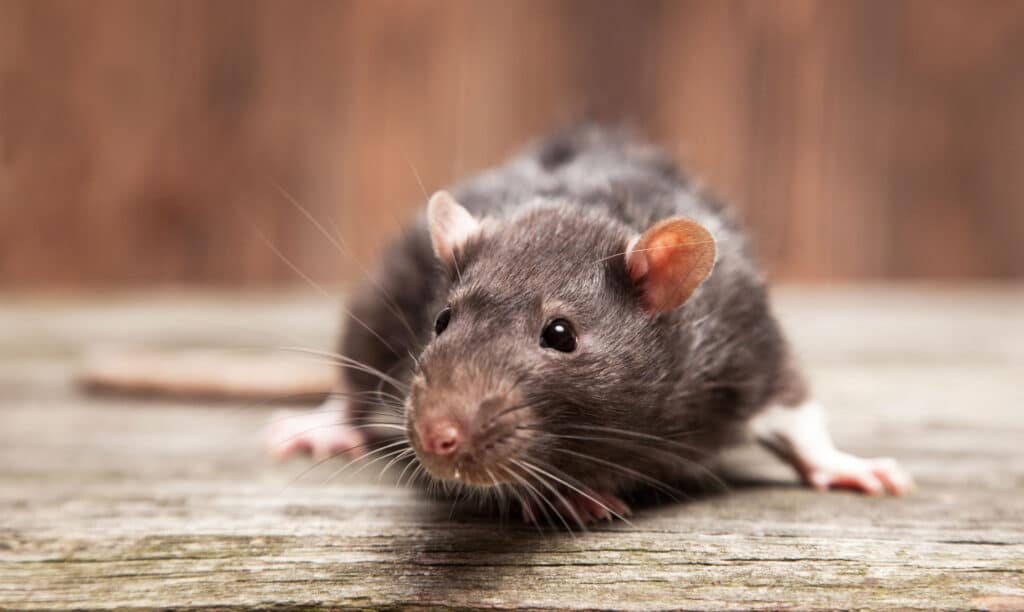
Conclusion
Roof rats are indeed dangerous pests that should not be underestimated. Their ability to cause structural damage through gnawing, their potential to create fire hazards by damaging electrical wiring, and their role in spreading diseases make them a serious threat to both property and human health. Ignoring a roof rat infestation can lead to costly repairs, health risks, and even larger-scale pest problems due to their rapid breeding habits.
The economic ramifications of roof rat infestations should not be overlooked. The costs associated with repairing structural damage, replacing contaminated insulation, and addressing health concerns can quickly add up. Businesses may suffer reputational damage if customers or clients become aware of a rat problem on the premises.
Roof rats are not only due rat dangerous to their physical and health-related threats but also because of their potential to disrupt the peace of mind, financial stability, and reputation of individuals and businesses. Recognizing these multifaceted dangers underscores the importance of proactive prevention and swift, effective action in dealing with roof rat infestations.

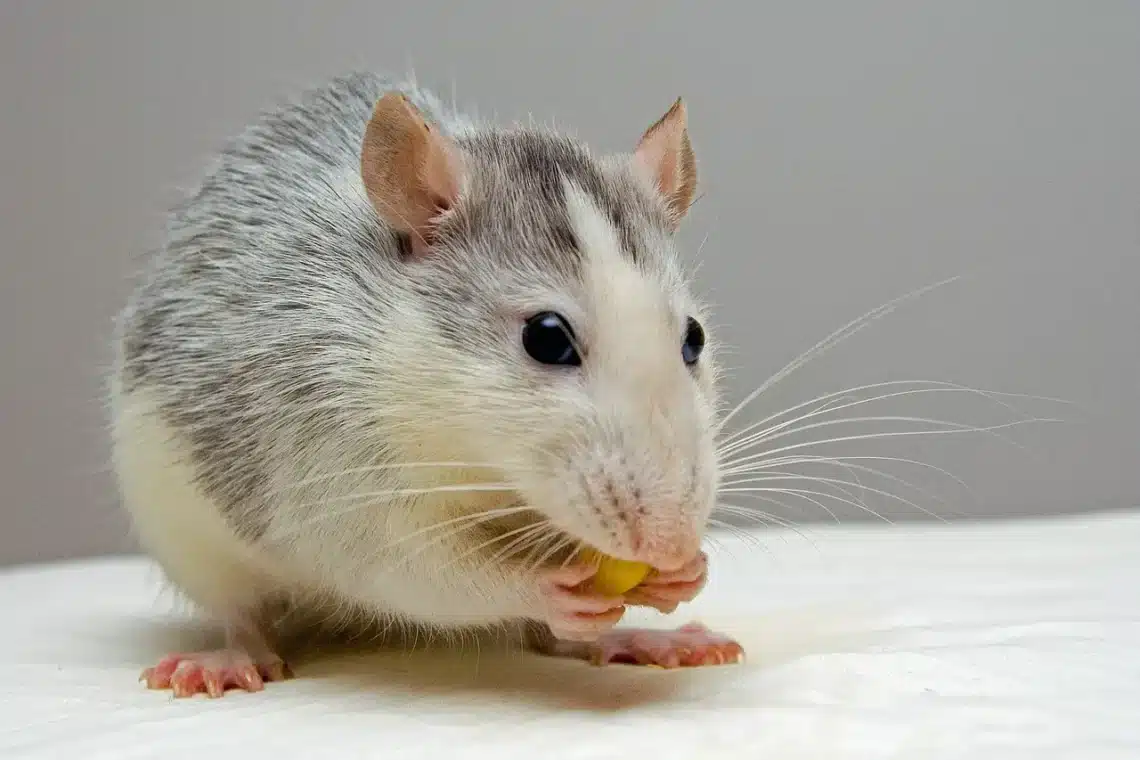
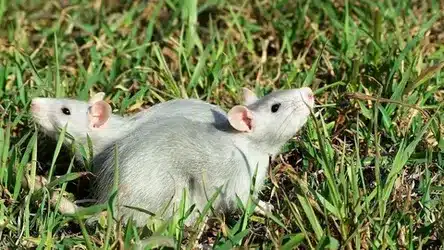

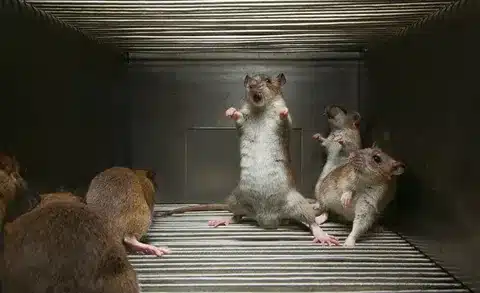
No Comments